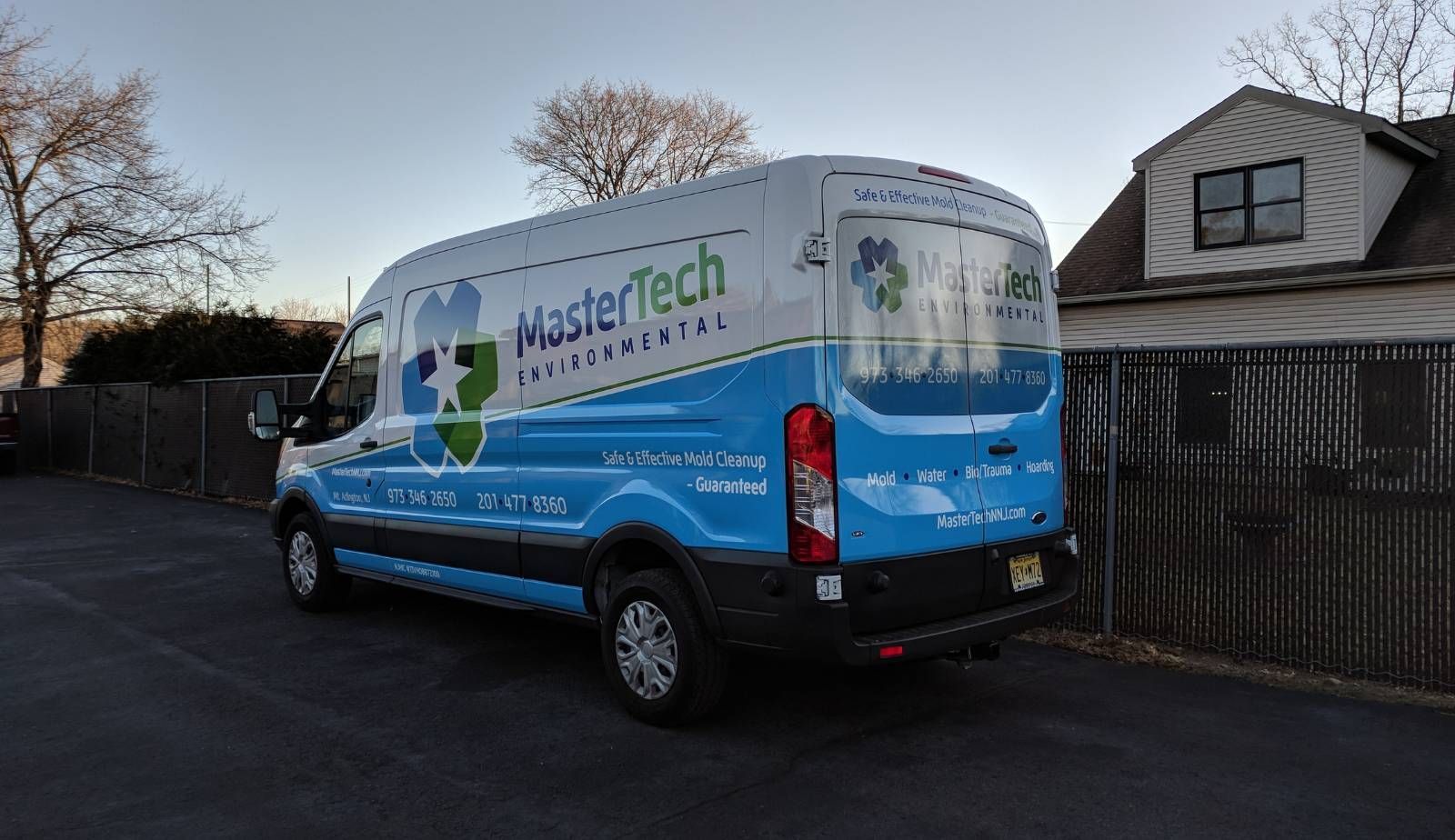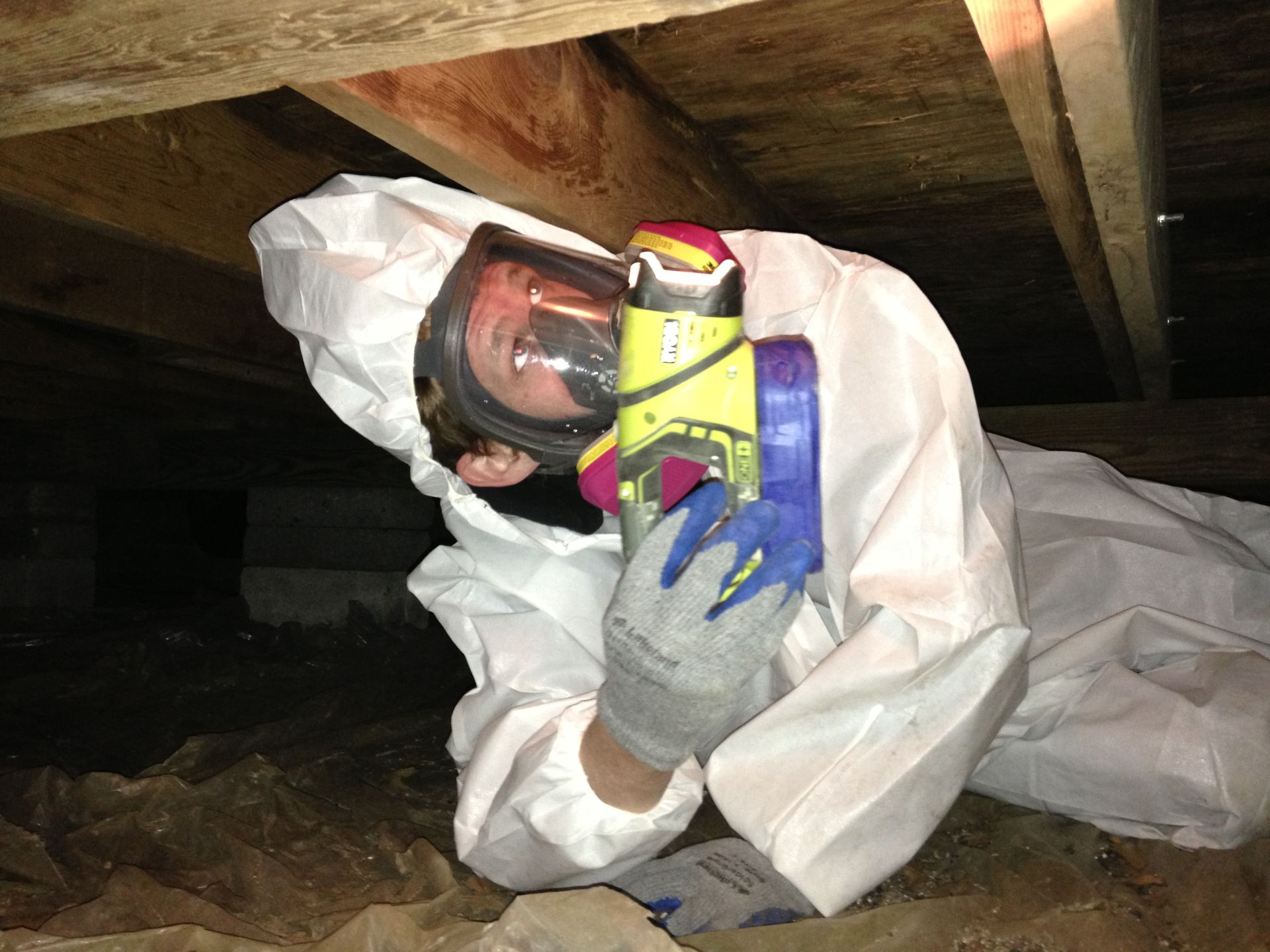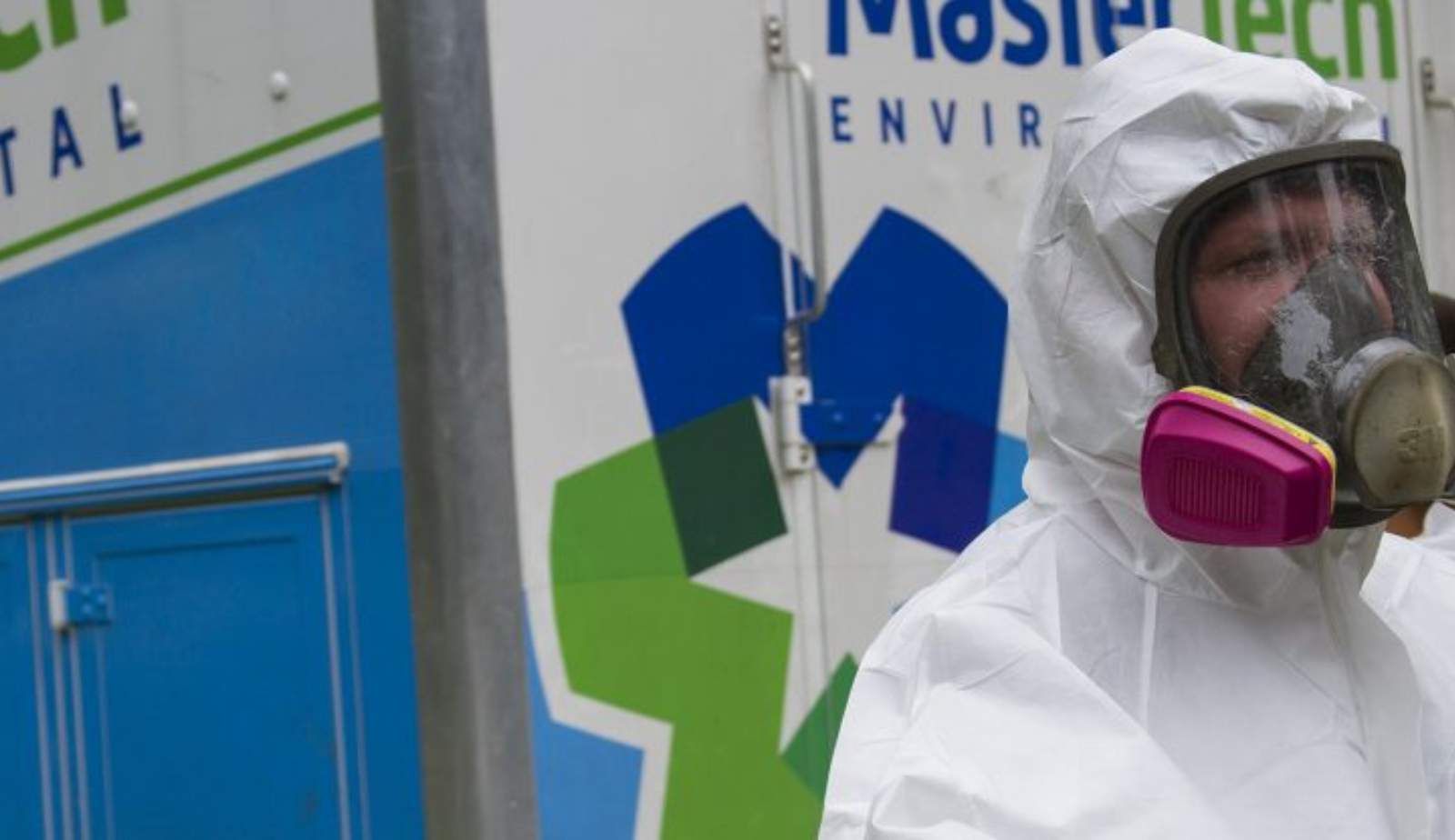Why you should start a mold & water damage restoration business in 2023
- Mold and water restoration services are highly sought after and profitable.
For simple water mitigation jobs or dry-ups, the average cost of water restoration services is around $2,650 and typical profit margins are 73%. Average costs for mold remediation vary between $4500-$8000. - The Restoration Industry: A Thriving Field
The US has a booming mold and restoration industry, currently valued at $210 billion, and it's expected to rise by 3% each year. The demand for restoration services is due to a few key factors. Firstly, the increasing intensity of natural disasters such as flooding or wildfires. Secondly, aging homes that require repairs due to weathering over time. Lastly, infrastructure failures like burst pipes that can lead to water leaks and mold growth within homes. - Due to market fragmentation, there's an opportunity for new players to enter the field.
As the saying goes, "when it rains, it pours." And when it comes to mold and water damage, this couldn't be more accurate. Whether it's due to a plumbing accident, a natural disaster or simple humidity, water can turn your life upside down in mere moments. For those in the mold restoration business, however, fragmentation can mean opportunity. With plenty of gaps in the market, new players can make their mark in this industry - especially with a franchise. - Mold and water restoration businesses have minimal overhead expenses.
Misconceptions about mold water restoration businesses are often presumed to charge exorbitant prices to make a profit. In reality, however, this is not always the case. With low overhead costs, these businesses can offer reasonable prices and still generate revenue.
- Recession-proof industries
Water damage is an unpredictable and unwelcome issue that can arise at any time in any home or business. It can result from a variety of causes such as broken pipes, hurricane damage, or a leaky roof, and can lead to costly and severe damage. However, the silver lining is that the mold and water damage restoration industry is one of the most reliable and recession-proof businesses around. According to IBISWorld, the industry is projected to grow by an average of 3.8% per year through 2020. This makes it a promising prospect for business owners who want to invest in a dependable industry. - Investing in mold and water restoration businesses can offer high return on investment (ROI).
Starting a mold and water restoration business can yield a great return on investment (ROI). High demand for restoration services due to frequent water-related disasters guarantees a steady workflow for your business. Additionally, the profitability of water restoration businesses promises a good income. If you are considering venturing into this industry, now is the perfect time to start.
Investing in Mold and Water Restoration Businesses: A Wise Choice
Mold and water restoration businesses can provide a lucrative investment opportunity, with a high return on investment. If you're seeking a recession-proof business with minimal overhead costs, Mastertech can help. Reach out to us for a free consultation to learn more about starting your own mold and water damage restoration business. We're here to answer any questions you may have as you embark on the incredible journey of business ownership!
Get in Touch
We’d love to hear from you. Choose the most convenient method and we’ll get back to you as soon as we can.
Contact Us
Don't be a stranger!
30 Broad St, Unit 7
Denville, New Jersey 07834

Looking to start a business in the mold remediation industry? Entrepreneurs are turning to franchising as a strategic path to success. Mastertech Franchise Systems offers a compelling opportunity with its proven business model that reduces the risk of failure while providing extensive training and ongoing support to franchisees . The mold industry continues to grow as awareness of indoor air quality issues increases. Mastertech stands out from competitors by providing franchisees with flexible options tailored to their business goals. Their approach includes not just initial training but comprehensive marketing assistance including SEO, website management, and pay-per-click campaign creation. New franchise owners benefit from Mastertech's focus on environmental cleaning and air quality testing . The company offers a low initial investment compared to other opportunities in the restoration industry, making it accessible to more entrepreneurs seeking to establish themselves in this specialized field. Franchisees gain access to a system that has demonstrated success across multiple markets. The Mastertech Advantage Mastertech franchise offers distinctive benefits that position it as a leader in the mold remediation industry. Their comprehensive approach combines practical business strategies, strong market presence, and exceptional franchisee outcomes. Proven Business Model Mastertech has developed a business model that consistently delivers results for franchise owners. The model includes complete training and ongoing support that helps franchisees master the technical aspects of mold remediation services. New owners benefit from a structured approach to business development with lower initial investment requirements compared to competitors. This financial accessibility makes the Mastertech opportunity attainable for more entrepreneurs. The franchise system provides clear operational guidelines covering everything from equipment selection to marketing strategies . This thorough preparation helps franchisees avoid common pitfalls that plague independent operators. Mastertech's operational protocols ensure consistent, high-quality service delivery across all locations, reinforcing the brand's reputation for excellence. Brand Recognition In the specialized field of mold remediation, Mastertech has established significant brand recognition that benefits every franchisee. Their reputation extends across mold remediation, mold inspections, biohazard cleanup, and restoration services . The company's professional image and consistent branding across all locations reinforces consumer trust. When customers see the Mastertech name, they immediately associate it with quality and reliability. Marketing support from headquarters amplifies local efforts, creating a stronger presence than individual businesses could achieve alone. This collective brand power helps franchisees compete effectively against both national chains and local operators. Digital presence through strategic online marketing ensures Mastertech appears prominently when potential customers search for mold remediation services in their area. Franchisee Success Stories The ultimate measure of any franchise system is the success of its franchisees, and Mastertech delivers impressive results. Franchise owners regularly achieve profitability within expected timeframes due to the comprehensive franchise support team that addresses all questions and concerns. Many Mastertech owners have expanded from single territories to multiple service areas, demonstrating the scalability of the business model. This growth potential represents a significant advantage over independent operations. The collaborative nature of the Mastertech network allows franchisees to share best practices and learn from each other's experiences. This knowledge exchange accelerates the learning curve for new owners. Franchise satisfaction remains high due to the balance of independence and support. Owners appreciate having the freedom to run their business while knowing expert guidance is available whenever needed.



